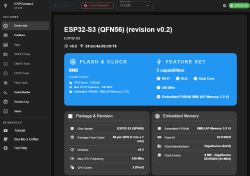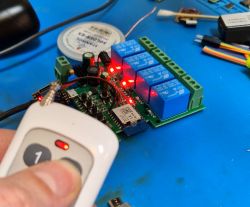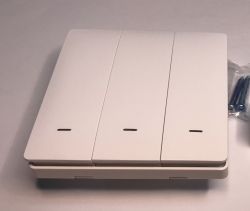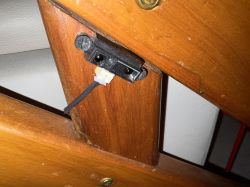Hello,
I am planning to control the lighting on the staircase. The control is to be automatic when motion is detected on the first or last step.
Automation in the house will be fixed on a grenton.
I am looking for some motion/distance sensor in an area up to 1m. Reflective sensors are out of the question.
I found such a sensor https://www.firmaled.pl/czujka-optyczna-sharp#
First idea is to connect it to the digital input module, but I see that here is an OC type output - open collector so the state of the line will be indefinite or ground.
Can OC be connected to digital inputs? Maybe you know better solutions for this kind of sensors?
Greetings







